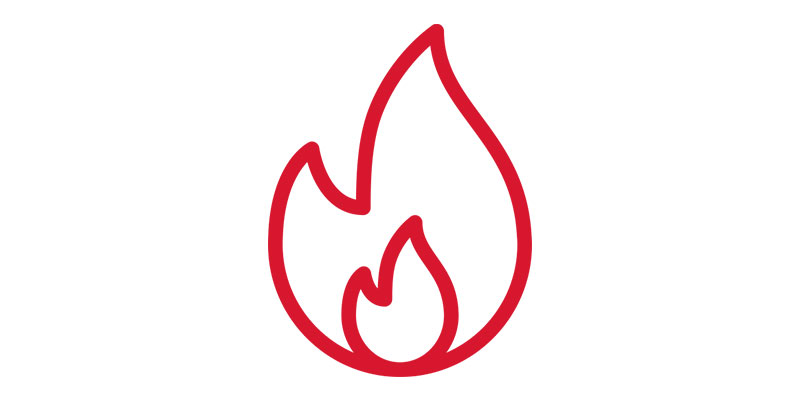Sydney businesses need to ensure they are safe from fires. This isn’t only to be in compliance with the laws, but also for their employees, customers, and their property. Fires can cost a lot in a matter of minutes. However, with the adequate safety measures put in place, many of these risks can either be reduced or avoided. Regular inspections of fire hazards, regular checking of electrical systems, as well as complying with CFSP standards all contribute in creating a safe and secure environment.

Why fire inspections are crucial to ensure safety
Fire Inspections are the first line of defense against potential hazards. Inspections are conducted to ensure that the fire safety system in the building is current and in good working order. In Sydney businesses are required to conduct inspections every six months or annually in accordance with the building’s type and local regulations of the council. Inspections can include everything from smoke alarms to sprinkler systems, to fire alarm panels as well as hydrants, emergency lighting, and fire alarms.
What makes inspections so vital is their ability to spot hidden issues before they become risky. It may not seem important that a slight issue with a fire hydrant, or a smoke alarm that is blocked can result in death in the event of an emergency. Regular fire inspections are a proactive way for business owners to not only ensure they meet the requirements of their compliance and protect themselves from unforeseen disasters.
Testing and Tagging Securing Electrical Risks
Electrical systems are a major source of fires in the workplace. This is why testing and marking should be a included in every fire safety program. This involves testing the electrical equipment to ensure that it is safe, functional, and compliant, and then attaching a visible label that demonstrates the item is in good condition and has passed the test. For a lot of businesses it is more than a routine requirement it is a safeguard against potential risks that are often without being noticed.
If left unchecked, old wiring, defective appliances or worn cables could become a fire risk. Regularly testing and marking decreases the likelihood of an electrical malfunction causing a fire. Also, it assures employees that their work environment is secure, thereby fostering confidence and trust in the workplace. The combination of testing, tagging, and fire inspections makes a complete safety plan that lowers the risk on many aspects.
The role of CFSP in Compliance and Certification
Only a Competent Fire Safety Professional (CFSP), who is based in New South Wales, can be a signer and certify important fire safety documents like Annual Fire Safety Statements. The introduction of CFSP certification has enhanced standards in fire safety, ensuring only experts are qualified to assess and verify security. For business owners working with a CFSP inspections and reports are not going to be just a routine document, but rather an objective evaluation done by experts.
The role of a CFSP goes beyond checking off boxes. These professionals assess the condition and effectiveness of the fire protection system, provide detailed reports, and confirm the compliance of regulations. Companies that don’t have CFSP certification could be penalized, facing legal problems or even being shut down in the event that they are found to be insufficient with fire protection. A partnership with certified professionals guarantees that fire safety systems are maintained correctly and that compliance obligations are met without unnecessary stress.
Fire Safety is a Constant commitment
Safety in the event of fire is not just a one-time responsibility, but it is a continuous responsibility for each business owner. Regular inspections and testing of electrical equipment, in conjunction with proper certification by CFSP, create a safety cycle that never ends. Beyond the legal requirements the approach also fosters a workplace culture of safety. Employees feel reassured knowing that clear evacuation plans are in place and smoke alarms work and emergency lighting is tested, and fire suppression systems are in place for use.
The idea of implementing fire safety as an ongoing process, rather than the annual checkbox decreases risk but also improves the reputation of a company. Clients and customers are more comfortable in a space where safety is clearly emphasized. Long term, investing early in fire prevention can save money because it prevents costly damages, fines, and legal battles.
Conclusion
Safety in the event of fire in Sydney requires a multi-layered strategy that includes fire inspections, testing and tagging, as well as an official certification from an CFSP. Each of these components contributes to assisting businesses to comply with rules, but is more important in securing the lives of people and property. When safety becomes a consistent part of operations rather than an added-on consideration, businesses can do not just meet their legal obligations, but ensure a safer and robust environment for the future.